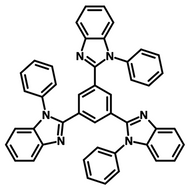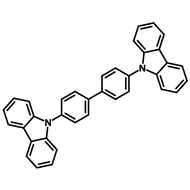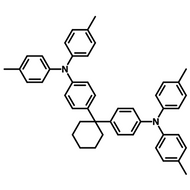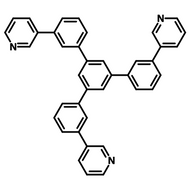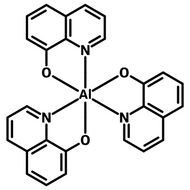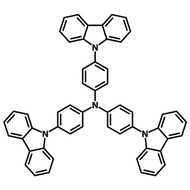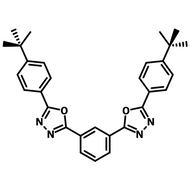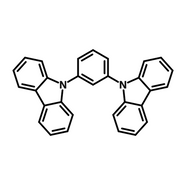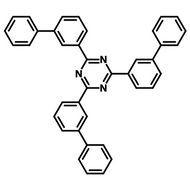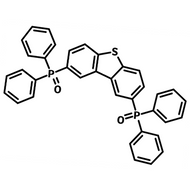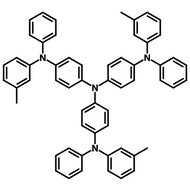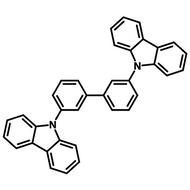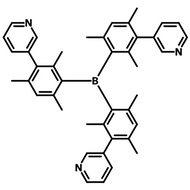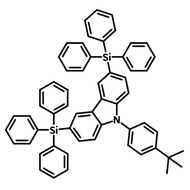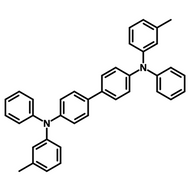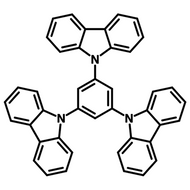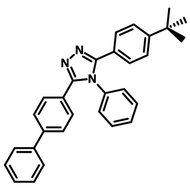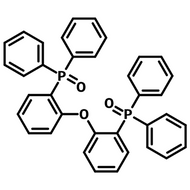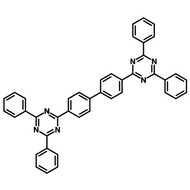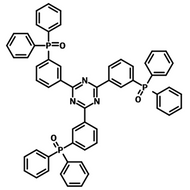High Purity Sublimed Materials

Sublimation is a technique used to obtain ultra-pure chemicals by removing trace metals, inorganic, and volatile impurities. During the process, chemicals move through only two physical stages: from a solid state to vapor, or the reverse. Sometimes multiple rounds of sublimation are needed for even higher levels of purity.
The purity of materials is one of the most important factors affecting the performance of OLED devices. With our collection of high purity sublimed materials, you can have confidence in your experiments results, boost the lifetime and the stability of your built devices, and enhance the color display and device performance. Maximize your device efficency further by fabricating and testing new devices in a glove box environment.
Browse High Purity Sublimed Materials
Filter by price change:
Page 1 of 4
More on High Purity Sublimed Materials
Material purity has a direct impact on OLED performance, reliability, and stability. In fact, the purity of an OLED material directly impacts device charge (electron and hole) transport capacity. It plays a crucial role in ensuring that an organic electronic device performs satisfactorily.
Wöhrle et al. (1995) investigated the impact of material purity on photovoltaic performance. They showed that non-sublimated materials resulted in a rougher surface on the thin film, causing pinholes to emerge. This resulted in short circuits that deteriorated the device performance. Salzman et al. (2005) also proved that the PCE of copper phthalocyanine (CuPc)-based OPV devices could be enhanced more than five-fold when the donor material was efficiently purified. It was further pointed out that the lower-purity thin film also exhibited low carrier-mobility, leading to a small fill factor.
Liu et al. (2012) has also demonstrated that the PCE was improved from 2.7% to 4.3% by the sublimation of SubPc. Atomic-force microscopic images showed that the crystallinity was improved with sublimed SubPc, leading to significantly enhanced hole-mobility of SubPc in orders of magnitude, as estimated by the space-charge limited current.
Interesting fact: Sublimation happens to the snow on the top face of Mt. Everest due to low temperatures, strong winds, intense sunlight and very low air pressure -- a perfect recipe for sublimation to occur!
References
Liu, S. et al. (2012) ‘Efficient Organic Photovoltaic Device Using a Sublimated Subphthalocyanine as an Electron Donor’, ECS Solid State Lett., 1(5). doi: 10.1149/2.002205ssl
Salzman, R. F. et al. (2005) ‘The effects of copper phthalocyanine purity on organic solar cell performance’, Org. Electronics, 6. doi:10.1016/j.orgel.2005.09.001
Wöhrle, D. et al. (1995) ‘Investigations of n/p-junction photovoltaic cells of perylenetetracarboxylic acid diimides and phthalocyanines’, J. Mater. Chem., 5. doi:10.1039/JM9950501819



